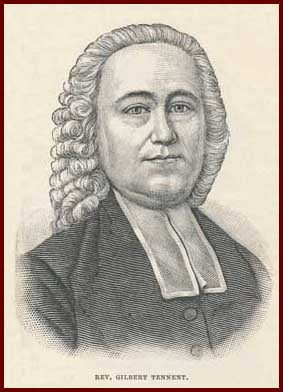This Day in Presbyterian History:
First in Declaring Independence
All Americans are familiar with the Declaration of Independence, signed on July 4, 1776. But precious few are familiar with the truth that in Mecklenburg, North Carolina, a declaration of independence from Great Britain was signed and sealed under the leadership of Presbyterians a full thirteen months before July 4, on May 31, 1775.
Assembled in Charlotte, North Carolina on May 19, 1775 were 27 citizens, many of them members of the Presbyterian churches in the area. The chairman of the committee was Abraham Alexander, who was an elder of the Sugar Creek Presbyterian Church. John Alexander, secretary of the committee, was an elder from Hopewell Presbyterian Church. So was Hezekiah Alexander. Rev. Hezekiah Balch was the pastor of Poplar Creek Presbyterian Church. David Reese was also on the committee and a ruling elder from Poplar Creek. Adam Alexander and Robert Queary were elders from Rocky River Presbyterian Church, with Robert Irwin an elder from Steele Creek Presbyterian Church.
The proposed declaration, which was written by Ephraim Brevard, a members of the committee, was read before the assembly of the county in front of the courthouse in Charlotte, North Carolina. It said:
I. That all commissions, civil and military, heretofore granted by the crown to be exercised in these colonies, are null and void, and the constitution of each particular colony wholly suspended. II. That the Provincial Congress of each Province, under the direction of the great Continental Congress, is invested with all legislative and executive powers within their respective providences, and that no other legislative or executive power does or can exist at this time in any of these colonies.
The assembly cried out with a loud voice their desire to be independent of Great Britain, and to defend that freedom with their lives and fortunes. And many a life and fortune would be sacrificed before gaining that freedom. The first voice to be a free and independent people in favor of American freedom, came from the Presbyterians in North Carolina. Scotch-Irish Presbyterians justly have the honor of recognition in speaking first for liberty.
Words to Live By: True God-fearing people recognize that there is a just God who presides over the destinies of nations. In that trust, we can go forth and stand for liberty for all. And let us stand for that liberty in a day when challenges to that freedom of religion are being made each and every day. Pray today, brothers and sisters, for America.
Through the Scriptures: 1 Kings 1 – 4
Through the Standards: The fact of the perseverance of the saints
WCF 17:1
‘They, who God has accepted in His Beloved, effectually called, and sanctified by His Spirit, can neither totally nor finally fall away from the state of grace, but shall certainly persevere therein to the end, and be eternally saved.”
WLC 79 — “May not true believers, by reason of their imperfections, and the many temptations and sins they are overtaken with, fall away from the state of grace?
A. True believers, by reason of the unchangeable love of God, and his decree and covenant to give them perseverance, their inseparable union with Christ, his continual intercession for them, and the Spirit and seed of God abiding in them, can neither totally nor finally fall away from the state of grace, but are kept by the power of God through faith unto salvation.”

![John Cameron Lowrie, D.D. [16 December 1808 - 31 May 1900]](https://thisday.pcahistory.org/wp-content/uploads/2012/05/LowrieJohnC.jpg)
